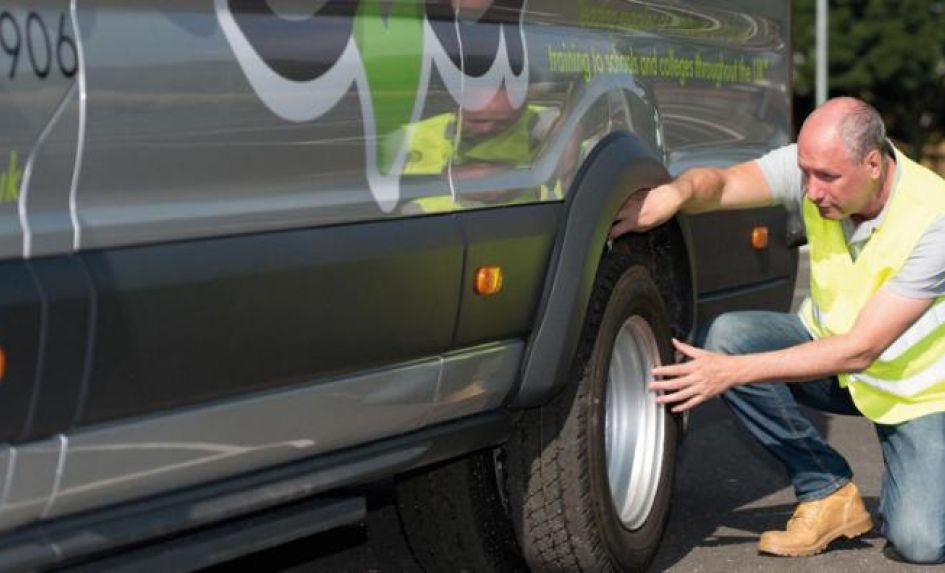Primary schools can derive extraordinary benefit from using minibuses, but they don’t always have the in-house expertise and resources needed to effectively manage running of their minibus on a long-term basis.
Below are some of the areas that are most commonly missed, alongside some general recommendations you’ll hopefully find helpful.
A minibus mot lasts one year
I’ve visited a number of schools who think they’re not due an MOT until their minibus is three years old. In fact, a Class 5 minibus MOT is due from the vehicle’s first anniversary. Schools that run a 9-seater minibus won’t need an MOT until year three, but we’d still recommend carrying out safety checks at least annually for the first three years until the MOT is due.
Carry out regular checks
School minibuses are typically operated by multiple drivers, which makes it not uncommon for daily and weekly checks to be missed. We’d recommend putting in a robust system of daily and weekly checks that include oil and fluid levels, seatbelts and lights. Equally important is to ensure you have a system in place for your driver(s) when signing the vehicle in and out, and for reporting any damage or faults swiftly so they can be rectified.
Different drivers = More wear
If your minibus is regularly driven by different people, it follows that they’ll each have their own driving style – some might be heavier on the brake and clutch than others, for example. This can often lead to a higher rate of ‘attritional’ wear due to variation in how the minibus is handled. A simple solution is to employ the services of a qualified driving assessor, who can help iron out any major differences between your drivers and train them to drive in a smooth, safe and consistent way, thus reducing wear on the vehicle.
Don’t let it languish
It’s widely understood that high mileage and heavy use can lead to issues with the running of a vehicle, but infrequent use can give rise to a whole other set of problems. Make sure your minibus is started at least weekly and given a good run to get the engine up to a good working temperature. This will keep the battery in good condition, while also helping to keep the exhaust and emission management systems clean and free from blockage.
Care for the interior
Pay attention to the vehicle’s door and window operation. Regular use, cleaning and appropriate lubrication will prevent them from seizing up and causing problems during school trips. If your minibus is fitted with retractable side steps, see that these are kept clean and follow the manufacturer’s advice for how to lubricate them. I’ve seen many get covered in grit and mud and then seize up.
John Couppleditch is sales director at Education Vehicle Alliance.










